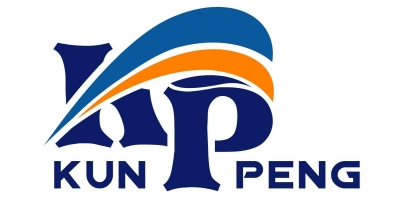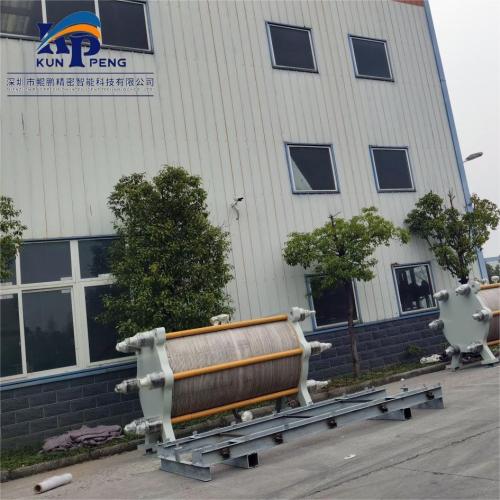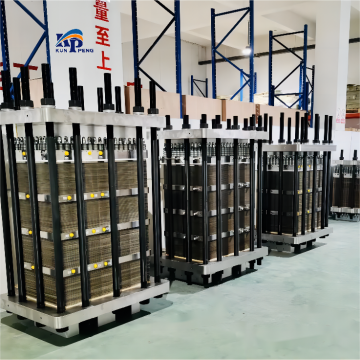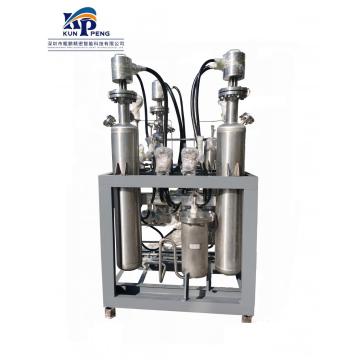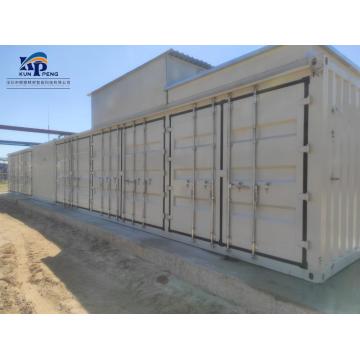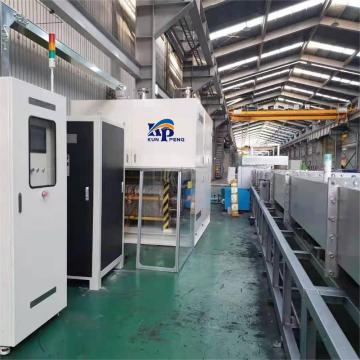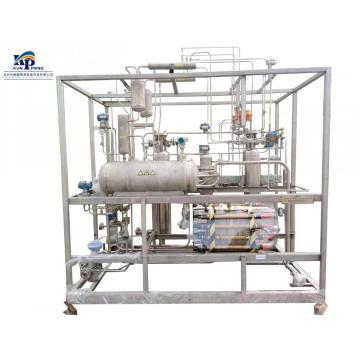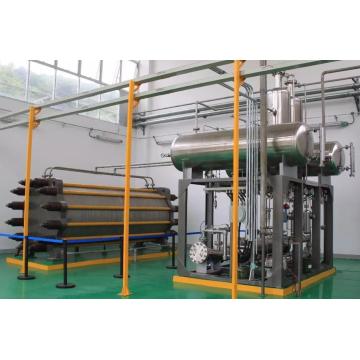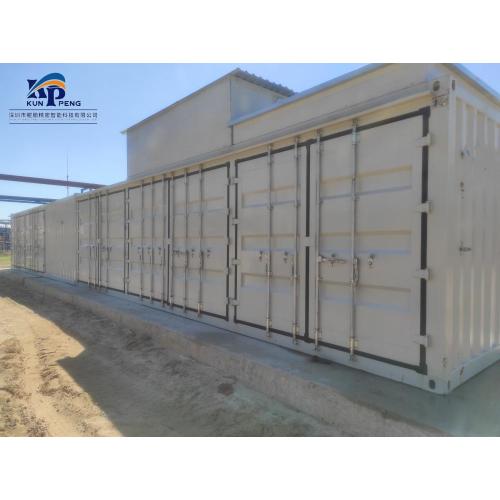
Hydrogen electrolysis machine pem hydrogen generator
- Min. Order:
- 1 Set/Sets
- Min. Order:
- 1 Set/Sets
- Transportation:
- Ocean, Air, Express
- Port:
- Shanghai
Your message must be between 20 to 2000 characters
Contact Now| Place of Origin: | China |
|---|---|
| Payment Type: | T/T |
| Incoterm: | EXW,CIF,FOB |
| Transportation: | Ocean,Air,Express |
| Port: | Shanghai |
Hydrogen production by water electrolysis means that water molecules are dissociated under the action of direct current to generate oxygen and hydrogen, which are separated from the anode and cathode of the electrolytic cell, respectively. EM water electrolysis hydrogen production uses perfluorosulfonic acid proton exchange membrane with good chemical stability, proton conductivity and gas separation as solid electrolyte instead of asbestos membrane, which can effectively prevent electron transfer and improve the safety of electrolyzer.
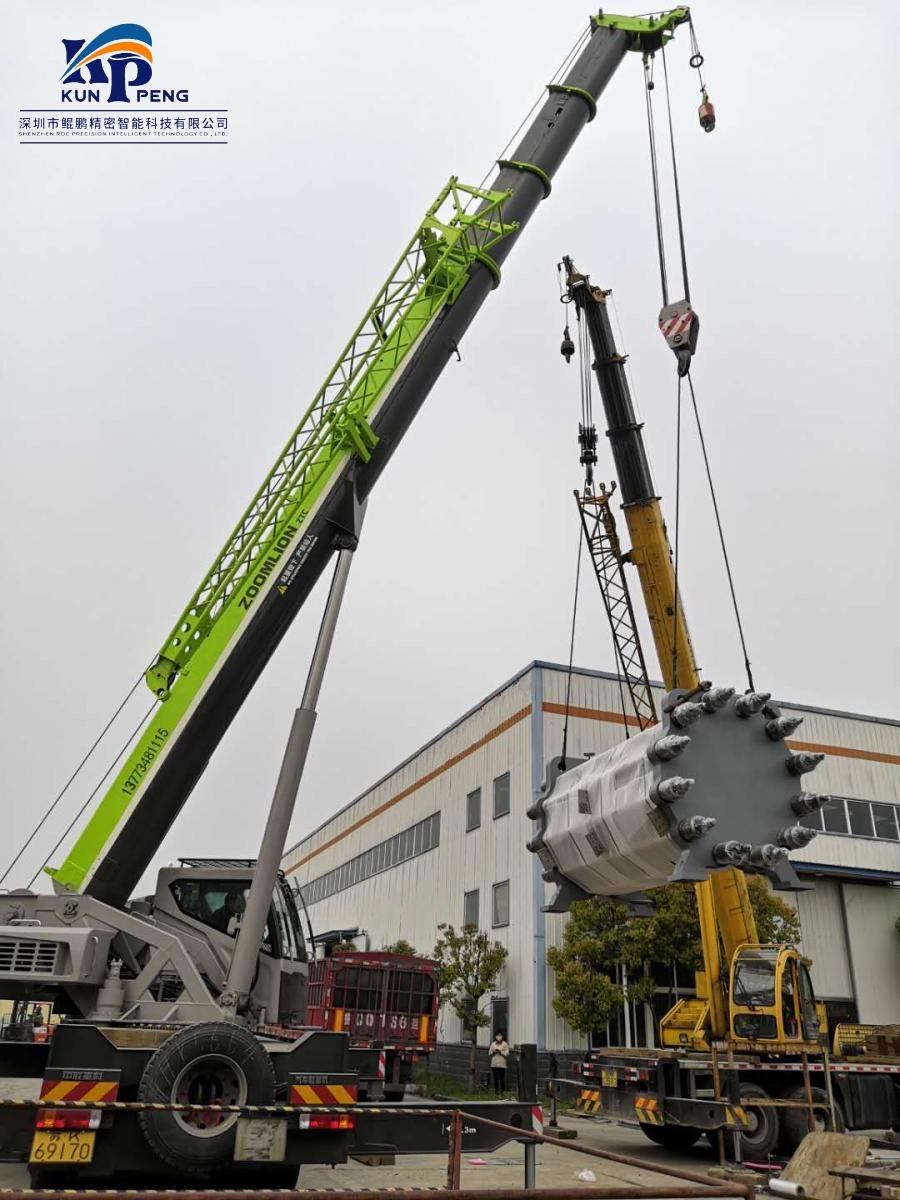
The main components of the PEM water electrolyzer are proton exchange membrane, cathode and anode catalytic layer, cathode and anode gas diffusion layer, cathode and anode end plates, etc. from inside to outside. Among them, the diffusion layer, the catalytic layer and the proton exchange membrane form the membrane electrode, which is the main place for the material transmission and electrochemical reaction of the entire water electrolyzer. The characteristics and structure of the membrane electrode directly affect the performance and life of the PEM water electrolyzer.
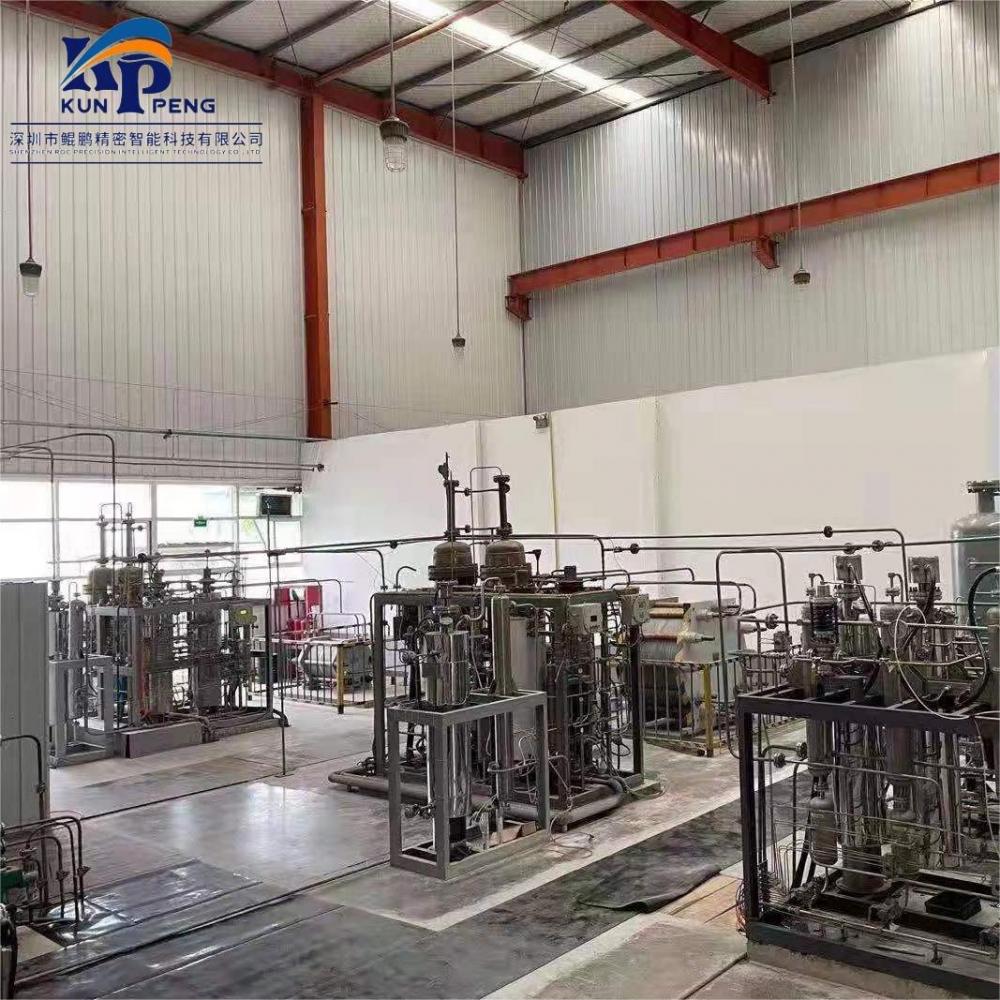
Hydrogen production by PEM water electrolysis has entered the early stage of commercialization. The bottleneck restricting the large-scale development of the technology lies in the use of proton exchange membranes monopolized by a few manufacturers for membrane electrodes, the use of noble metals for cathode and anode catalyst materials, and the high energy consumption of electrolysis. Solving the above problems is the key to the further development and promotion of PEM water electrolysis hydrogen production technology.

